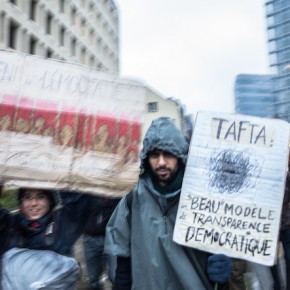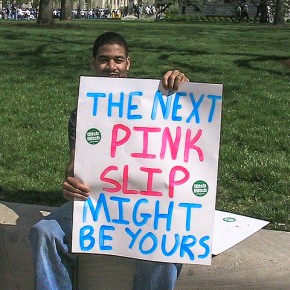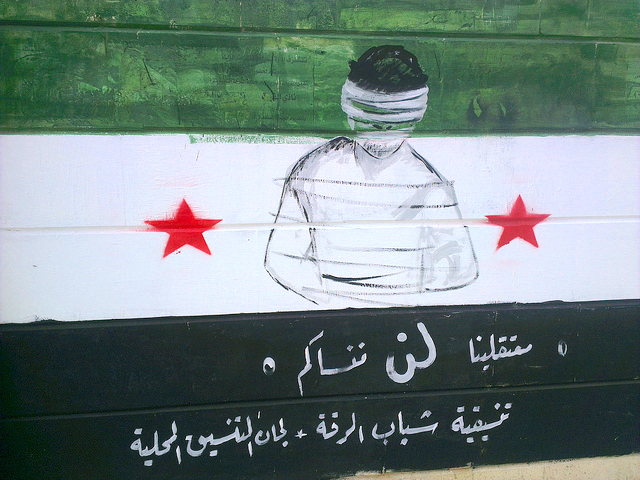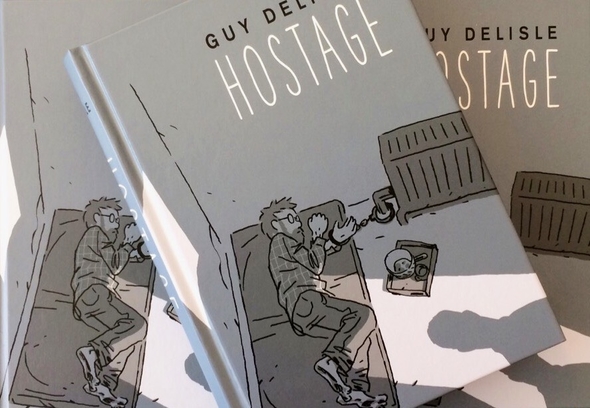Since the War on Terror began, and especially since the rise of Islamic State, analysts have been alarmed by female jihadists. Maybe “alarmed” is the wrong word. Bewildered seems more appropriate. Regardless, the topic is quickly becoming an industry in its own right.
Last week, a major study was published by The Institute for Strategic Dialogue on 550 women from Western Europe who joined IS. The Gatestone Institute has published one of many analyses on female jihadi contingents such as the Al-Khansaa brigade. CNN’s Peter Bergen and Emily Schneider commented, “It’s a strange kind of jihadist female equal opportunity: You too can be part of the holy war that seeks to install a Taliban-style utopia that will ensure you can never have a job or get an education.”
These writings reflect an insistence that female jihadists are unique political subjects that deserve specific attention, which isn’t always true. Nevertheless, it’s worth noting where gender politics do seem to matter. Many of these women conceive of their roles in armed struggle in heavily gendered terms.
In The Guardian, Homa Khaleeli details how British female jihadis use social media to socialize and promote their cause. She presents a number of European women who appear to be doing relatively mundane things, except in a jihadi context. They send each other emojis, take selfies with their friends, and post tweets about their pancakes.
It comes across as a bit surreal. They have online profiles that are arguably very similar to the ones they would have had if they had never joined Islamic State. The only difference is the role that these activities play in a wider political landscape, with one woman justifying the beheading of James Foley by saying, “So the US want to bombarded us with airstrikes in iraq and not give a damn whos killed, but want cry when a dusty journalist is killed?” [sic]
It seems horrifying, but on second glance, it isn’t extraordinary. How many of us have had friends who say similar things, in a Western context? Scholars have been arguing for decades that the modern housewife was pushed into the role of homemaker for economic reasons. Men work, and women manage the household. It is worth reflecting on whether or not that dynamic is still at play in Islamic State, except intensified because “work” is “war.”

Moreover, what if the entire appeal was that Islamic State provided an opportunity to carry out domestic activities, but with an assurance that it was serving a wider purpose? It is no longer simply house chores. You are doing laundry as part of the jihad. Domestic activities take on a greater significance. The “housewife” is militarized, which is understandably appealing to those who find these trappings of Western femininity to be alienating. The notion of militarizing domestic labour isn’t ridiculous. Scholars like Frances S. Hasso and Stéphanie Latte Abdallah have argued that female political consciousness in Palestine is often fused with the idea that “wifely duties,” like maintaining the home and having children, serve a role in the wider resistance.
Of course, it’s also important to note where gender doesn’t matter that much. There is some confusion about how we discuss female jihadists who are combatants, mainly because of a default presumption that they are primarily motivated by their gender. This isn’t always true. Writing about female suicide bombers in Palestine and Chechnya, Katerina Standish of The Peace and Conflict Review argues that “women in Chechnya and Palestine become suicide bombers because human security levels decrease during long-term conflict and allow rogue collectives to gain power in the absence of authority.” Standish could have written an identical analysis about male suicide bombers in Palestine and Chechnya. What if these aren’t female suicide bombers, so much as they are suicide bombers that happen to be women?
It is worth recalling my earlier piece on female Kurdish resistance fighters. Many points hold true for the women who fight with groups like Islamic State. Yes, gender can matter a great deal in how the female subject approaches jihad. However, and similar to their Kurdish cousins, many of these women also “make a difficult and independent decision to participate in combat operations. This is done for the same reasons as anyone: societal loyalty, ideology, resource considerations, and so on.”
When we analyze female jihadists, we need to remember that we aren’t always dealing with a “feminine” political subject that rationalizes everything based on how it relates to being a woman. They may be women, but they could simply find political violence appealing because they are political subjects with gender-independent concerns. After all, cisgendered men don’t have a monopoly on finding something attractive about Islamic militarism.
This may be what is so difficult to understand about female jihadists. They attack patriarchal notions of how women are supposed to respond to Islamic militarism. Women are supposed to hate jihadists, and the rest of us are empowering the former by killing the latter. The moment that a woman like Aafia Siddiqui is linked to the enterprise, we are challenged to reconsider those ideas. What if women can support Islamic militarism as well? What if they are willing to fight and die for jihadi utopia? It can be easier to simply dismiss them as “seeking to install a Taliban-style utopia that will ensure you can never have a job or get an education.” Of course, there is sexism in that.
Jihadis are radicalized because the militant project articulates their need for radical subjectivity in an alienating world. The only requirement is that they conceive of themselves as political subjects. Islamic militarism doesn’t necessarily require male genetalia.
Photographs courtesy of Randy McDonald and Robert Croma. Published under a Creative Commons License.






3 comments